Realizing Children’s Rights in Cuba
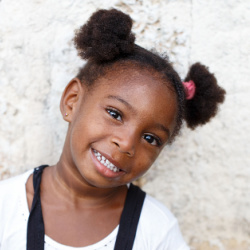
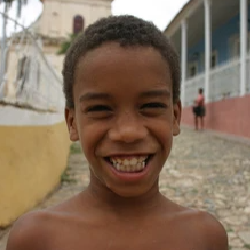
The Cuban government has shown the strong political will to guarantee the proper development and well-being of children. The country is a regional and global leader in early childhood education and infant health care and continues to incorporate relevant pieces of international legislation. Achievements notwithstanding, there is still room for improvement, particularly related to the country’s modest age of criminal responsibility.

Children’s Rights Index: 7,64/ 10
Orange level: Noticeable problems
Population: 11.3 million
Pop. ages 0-14: 16 %
Life expectancy: 78.8 years
Under-5 mortality rate: 5.1 ‰
Cuba at a glance
The Republic of Cuba (República de Cuba), a socialist state, is the largest group of islands in the Caribbean Sea, comprising of the Island of Cuba, Isle of Youth (Isla de la Juventud) and several smaller islands. The archipelago is located west of the northern part of the Caribbean Sea, west of the Atlantic Ocean and east of the Gulf of Mexico. The unique geographical location places Cuba to the south of the eastern United States and Bahamas; east of Mexico; west of Haiti, and Turks and Caicos Islands; and north of the Cayman Islands and Jamaica. The island is located approximately 93.3 miles (150 kilometres) from Key West, Florida (Cuban Research Institute, 2021).
Prior to colonisation, the original inhabitants of Cuba were the Taíno, Guanahatabey and Ciboney people. During the 15th century, the arrival of Christopher Columbus led to Cuba becoming a Spanish colony and the archipelago remained so until 1898. At that time, the Cuban economy was heavily reliant on the export of coffee, tobacco and sugar to North America and Europe (Cuban Research Institute, 2021).
Historically, Cuba has been fraught with political coups and institutional instability which dates back to 1868 and the country’s fight to gain independence from Spanish colonial rule. On May 20th 1902, Cuba officially gained formal independence and the United States ended its military occupation in the country (Cuban Research Institute, 2021).
This date did not, however, mark the end of civil unrest and political turmoil. Between 1929 and 1940, Cuba experienced multiple coup d’états, catalysed by the overthrow of dictator Gerardo Machado in 1933. The period that followed was termed “the Age of Democracy”, marked by a novel constitution which ushered in a new age of socioeconomic rights (Cuban Research Institute, 2021).
The next flashpoint of conflict and unrest came when General Batista deposed sitting President Socarrás, nullifying the constitution and suspending electoral processes. Significantly, this presented an opportunity for Fidel Castro and his guerrilla forces to claim the country’s leadership in 1959 and immediately turn to the USSR for support in the wake of an ongoing U.S. embargo. Despite the U.S.-backed Bay of Pigs invasion and the infamous missile crisis, Castro was able to maintain power until 2006 with Soviet support. This period was defined by strong authoritarian control from the government and limited challenge to state power. Following illness, Fidel’s brother Raul took over power and was formally elected as President in 2008 (Cuban Research Institute, 2021).
Status of children Rights[1]
Cuba has committed to several international instruments for the protection of children’s rights. In 1991, the government ratified the Convention on the Rights of the Child (CRC). In 2001, Cuba ratified the Optional Protocol on the sale of children, child prostitution and child pornography and in 2007 the Option Protocol on the involvement of children in armed conflict.
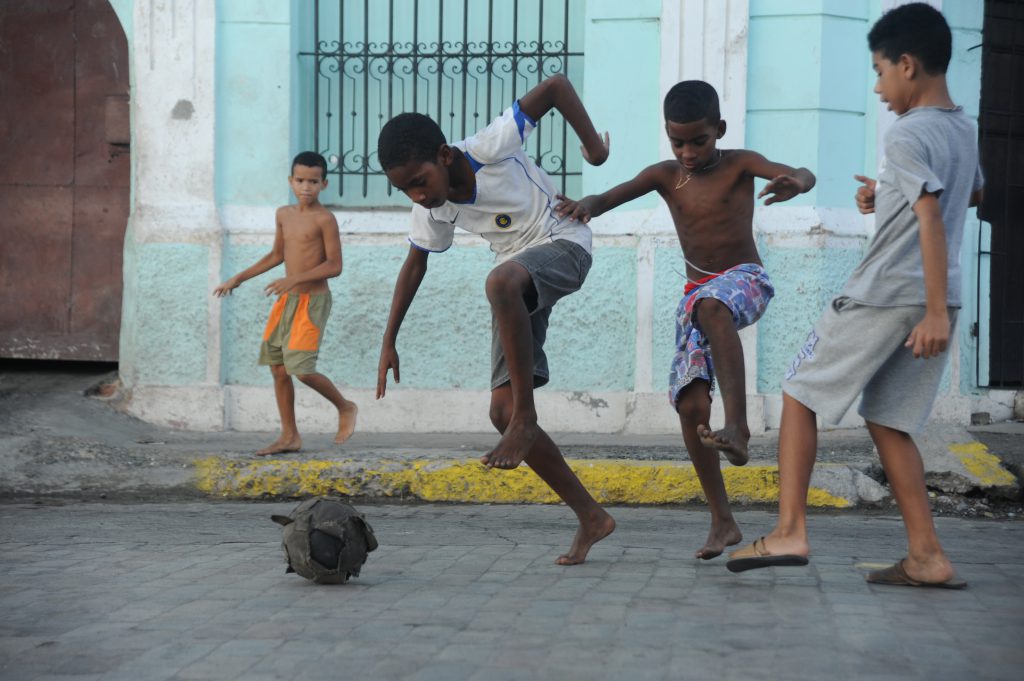
Although Cuba does not have a consolidated Children’s Act, there are several pieces of national legislation that have incorporated the UN Convention on the Rights of the Child (CRC) that are relevant to children. For example, legislation such as: The Children’s Youth Code, Civil Code, Family Code, Labour Code, Criminal Code, Working Women’s Maternity Act and the Civil Registry Act (CRIN, 2011).
In 2011, the Committee on the Rights on the Child expressed concern at both Cuba’s existing national legislation and its ability to adequately safeguard children’s rights as well as the country’s ability to adopt and integrate new legislation (CRIN, 2011). A particular concern is the country’s definition of the child given the age of the majority is sixteen and, as such, children aged sixteen are able to marry and work, without gaining protection from child-centric provisions (CRIN, 2011). The law further permits corporal punishment and provides no juvenile system for children aged 16-18, enabling the state to sentence minors to the same degree as adults and failing to provide a specialised court system for children (CRIN, 2011).
Despite failings, in 2015, Cuba became the 180th member of the International Labour Organization when the government ratified the Worst Forms of Child Labour Convention (No. 182). The ratification of this Convention demonstrates the government’s commitment to protecting children from child labour in all its forms (ILO, 2015).
Addressing the needs of children in Cuba
Right to education
In Cuba, education and health care have been a priority for the government. The right to education is enshrined under the Article 39 and 51 of the Constitution of the Republic of Cuba, the Child and Youth Code of 1978 and the Family Code. Early childhood education until the age of six is State funded, although not compulsory. Early childhood education is organised into two institutions: day care centres and preschool (UNICEF Cuba, 2016).
According to the Ministry of Education (MINED), there are more than 855,000 children in Cuba under the age of 6 amongst whom 99.5% are enrolled in early childhood education. The Cuban government has adopted a holistic approach to early childhood education and has become a regional leader in this area, boasting the highest number of social interventions between pregnancy and the start of school (UNICEF Cuba, 2016).
Since 1961, early education centres, along with day care centers have been established to provide education, adequate nutrition and health care services to Cuban children. The Children’s Institute (Instituto de la Infancia) was established in 1971 to coordinate all institutions working with early childhood development in sectors such as health, culture and sports (UNICEF Cuba, 2016).
The Cuban government’s commitment to education is demonstrated in the “Educate your child” program which provides all children with the opportunity to access early childhood education to be prepared for the first grade. This program is founded on three principles, namely: family, community and an inter-sectoral approach to education.

Families are considered to play a pivotal role in the program as it trains and prepares them for ways to improve parenting as well as engage their children in stimulating activities at home. Beyond families, communities also play a vital role in teaching children culture, tradition, values and the importance of positive interactions. Lastly, the program uses an inter-sectoral approach which builds on the existing child development services that are provided to children at a community level (UNICEF Cuba, 2016).
Regionally, the “Educate your child” program inspired Colombia, Ecuador, Brazil, Guatemala, Mexico and Venezuelan governments to adopt similar programs for children (UNICEF Cuba, 2016).
Right to health
The right to health is enshrined under Article 50 of the Constitution of the Republic of Cuba and under Articles 13 and 113 of the Child and Youth Code (UNICEF Cuba, 2016). In Cuba, access to and quality of child health care is commendable, and this is demonstrated by the low infant mortality rates. Cuba, with a successful and gradual reduction, has the second lowest under-5 mortality rate in the Americas, behind Canada. The country’s excellence regarding child health care can be attributed to Cuba’s integrated and cohesive health care and education system (Gonzalez & Choonara, 2019).
In June 2015, led by WHO, UNICEF and UNAIDS, Cuba became the first country in the world to complete the formal validation process for the elimination of mother-to-child transmission of HIV and congenital syphilis. The National Immunisation Program ensures that all children are vaccinated against diseases (UNICEF Cuba, 2016).
In Cuba, the National Health System was developed in the 1960s and has placed emphasis on primary health care and fulfilling health care services for children. Maternal and child health care has been prioritised by the government, from the establishment of maternity homes in the 1960s to the creation of human milk banks in the 2000s (UNICEF Cuba, 2016).
Right to clean water and sanitation
Around 94% of all Cubans benefit from ‘improved drinking water sources’ – those that are protected from outside contamination (UNICEF, 2022). Official statistics indicate that nearly 80% of the country receives clean water through government-supplied aqueduct systems (Latina, 2022). In terms of sanitation, 60% of the country has access to proper emptying, treatment and disposal waste systems (Latina, 2022).
Despite seemingly positive statistics and Cuba’s constitutional guarantee that all citizens have access to drinking water, the ground realities present some cause for concern. Many parts of the country have sporadic access to drinking water, where water is only available for a couple of hours every few days (Liubchenkova, 2020). Further, the country suffers from inconsistent rainfall and a lack of recent government funding to ensure sanitation facilities are adequately maintained and repaired where necessary (Liubchenkova, 2020).
Right to identity
Under Article 33 of the Constitution of the Republic of Cuba, citizenship is acquired at birth or by naturalisation (Consortium for Street Children). Child protection measures in Cuba are implemented through health care and education systems. For example, birth registration is considered a child protection measure that is coordinated between the Ministry of Justice and the Ministry of Public Health. Almost all births in the country take place in health care settings that offer birth registration. Birth registration is a necessity, as there are institutional mechanisms, such as school enrolment and immunisation that require a ‘Minor Identity Card,’ making it essential that children are correctly registered (UNICEF Cuba, 2016).
Risk factors→ Country-specific challenges
Child trafficking
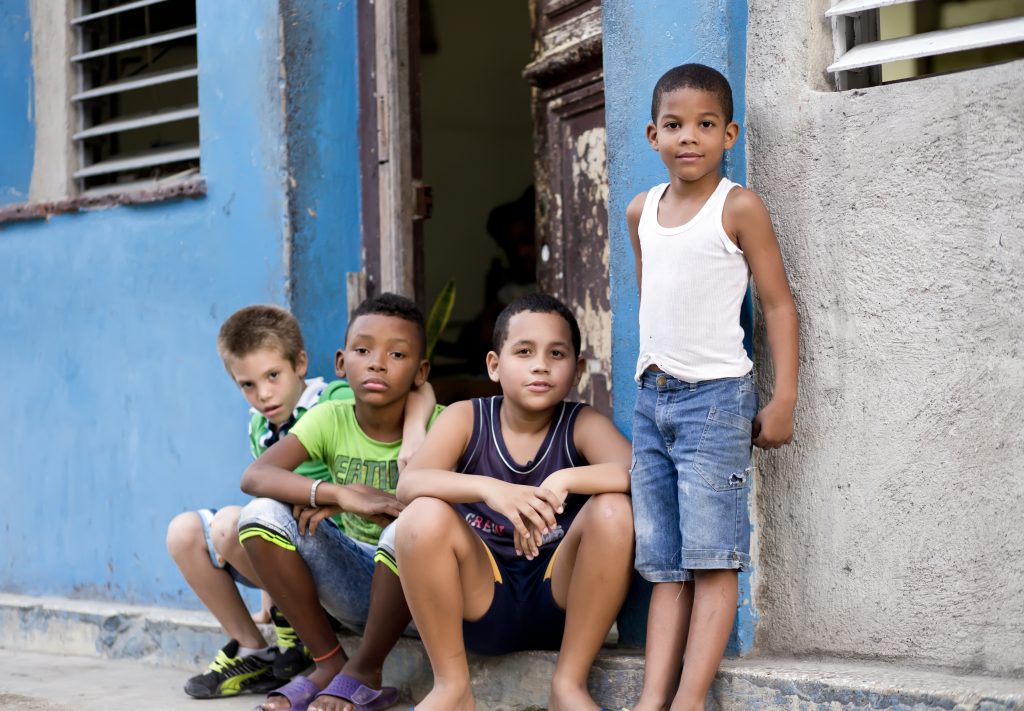
Cuba is considered a source and transit country for trafficking in persons. Often, traffickers are family members and close relatives that subject women and children to trafficking for sexual exploitation or labour. Commonly, Cubans who are trying to travel to the United States through South or Central American countries, are likely to be trafficked for the purposes of sexual exploitation or child labour (UN General Assembly, 2018).
Internally, there have been cases of boys and girls who have been subjected to trafficking for the purposes of sexual exploitation at the hands of their family members. These children, some as young as ten years old, are forced by family members to have sexual relations with Cubans and foreigners for money in order to support their families financially (UN General Assembly, 2018).
Cuba falls into Tier 3 of US Department of State’s Annual Trafficking in Persons Report which indicates that the country does not meet the minimum expected standards for the elimination of trafficking in persons and is not making significant efforts to do so (US Department of State, 2021). Legislation fails to criminalise the recruitment, transport and receipt of children for the purposes of trafficking (US Department of State, 2021). As a result, the country is a market for sex trafficking and forced labour (US Department of State, 2021).
The government has established Child Protection and Guidance Centres and a Family Protection and Jurisdictional Issues Directorate to support child trafficking victims. However, there is limited evidence to suggest that these institutions are receiving adequate funding and delivering promising results (US Department of State, 2021).
Child marriage
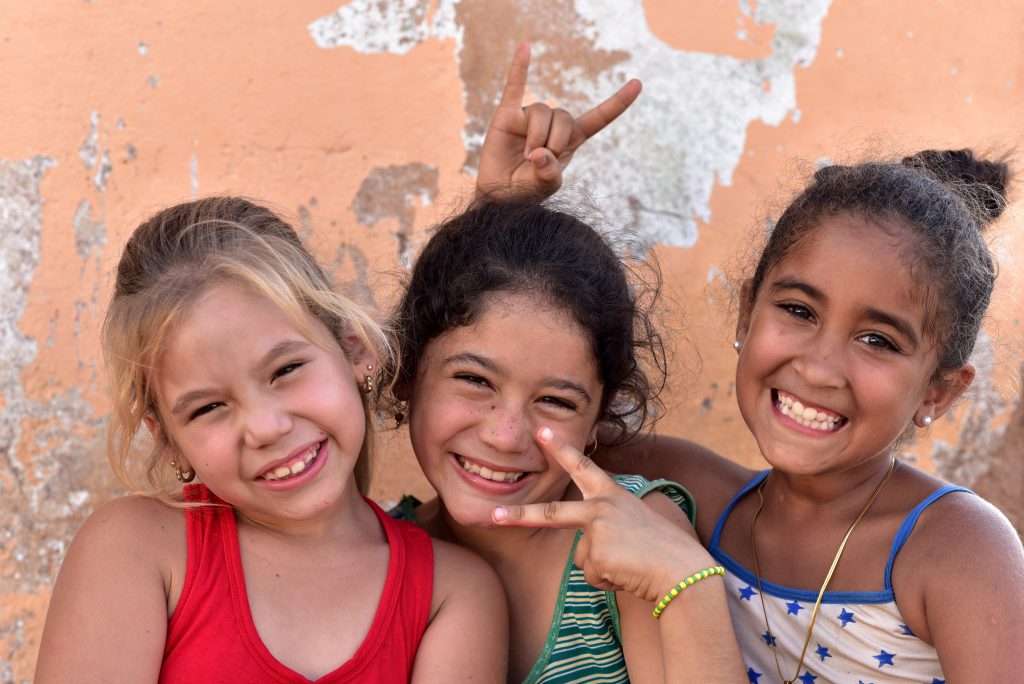
In a 2019 UNICEF Multiple Indicator Cluster Survey of Cuba, it was found that 29.4% of women between the ages of 20-24 years had been married before the age of eighteen and 4.8% married before the age of fifteen. For men between the ages of 20-24, 5.9% were married before the age of eighteen and 1.5% before the age of fifteen (UNICEF Cuba, 2020). The eastern Cuban province of Jiguaní, in Granma has the second-highest rates of adolescent fertility with 68.8% in 2018. The lack of sexual education and societal pressures force families to pressure their daughters into early marriage if they fall pregnant (Reina, 2022).
The government is undertaking a study on the complete prohibition of child marriage in Cuba through legal reform. This reform aims to eliminate the exception that allows girls to marry from the age of fourteen and boys from the age of sixteen (Cuba News, 2021).
Juvenile justice and children in conflict with the law
Under Article 16 of the Cuban Penal Code, the minimum age of criminal responsibility is 16 and children can be subjected to adult penalties. However, there is no minimum age at which a child can be subjected to penalties, including deprivation of liberty in Cuba’s re-education centres (CRIN). Currently, there are 662 children between the ages of sixteen to eighteen in Cuban prisons. Of the 662 children, 274 are between the ages of sixteen and seventeen and the remainder are eighteen years old (Committee on the Rights of the Child, 2021).
In July 2021, after a series of protests against the ruling of the Communist Party of Cuba (also known as the 11J protests), over 1,000 Cubans were arrested, a fraction of which were children. Children as young as twelve years old were detained and charged with acts of vandalism, subverting constitutional order and sedition. According to local human rights organizations, these children are currently detained at the Penitentiary Establishment for Young People of the West (Herrera, 2022).
Written by Vanessa Cezarita Cordeiro
Last updated on 27 March 2022
References:
BBC News. (2018, May 1). “Cuba country profile.” Retrieved from BBC News, accessed on 24 March 2022.
[1] This article by no means purports to give a full or representative account of children’s rights in Cuba; indeed, one of many challenges is the scant updated information on the children in Cuba, much of which is unreliable, not representative, outdated or simply non-existent.

